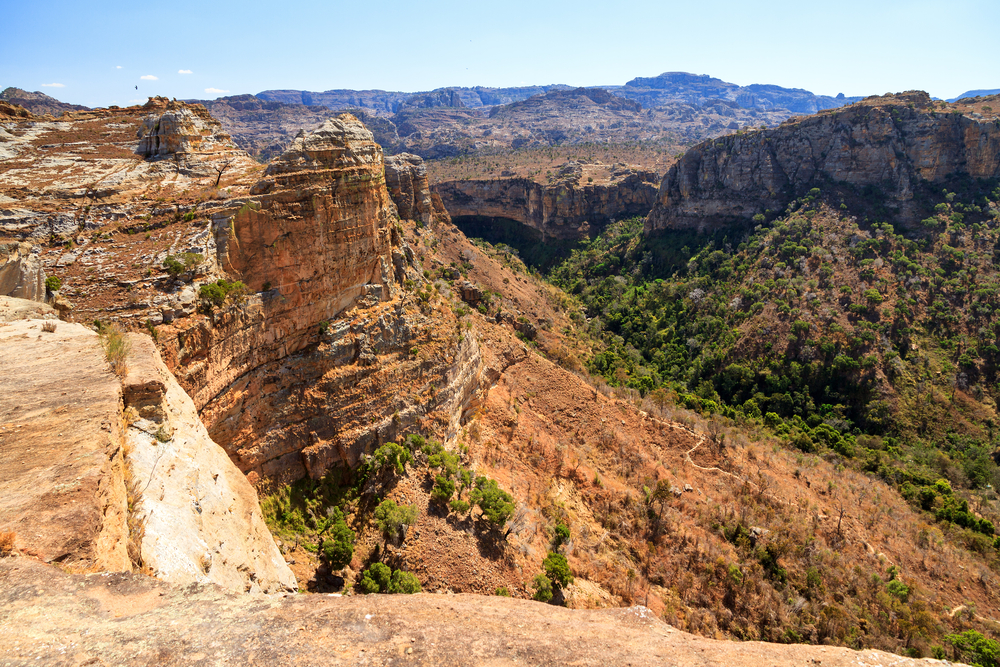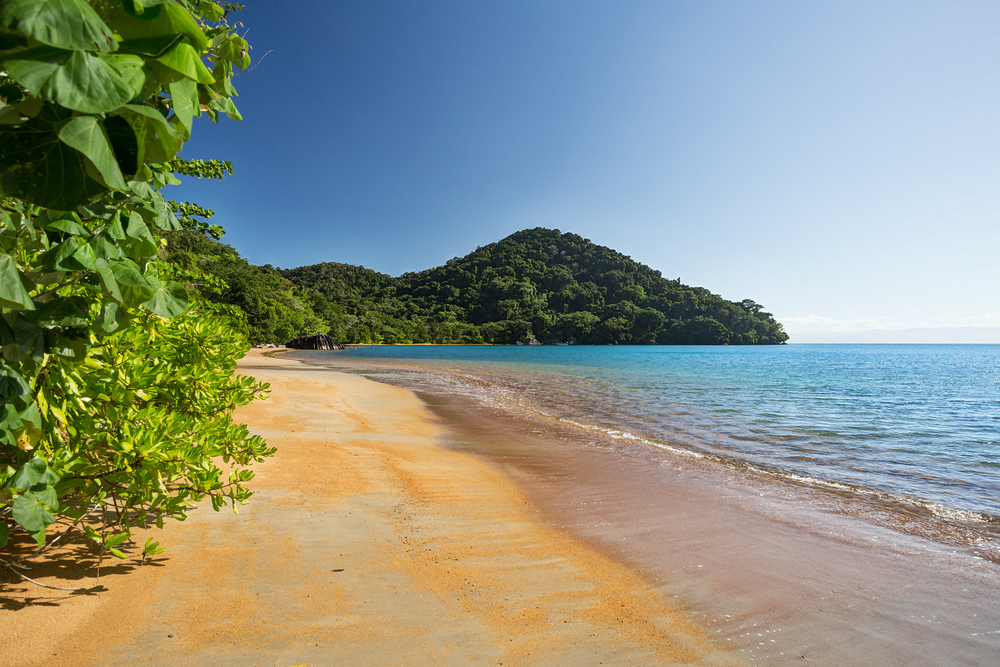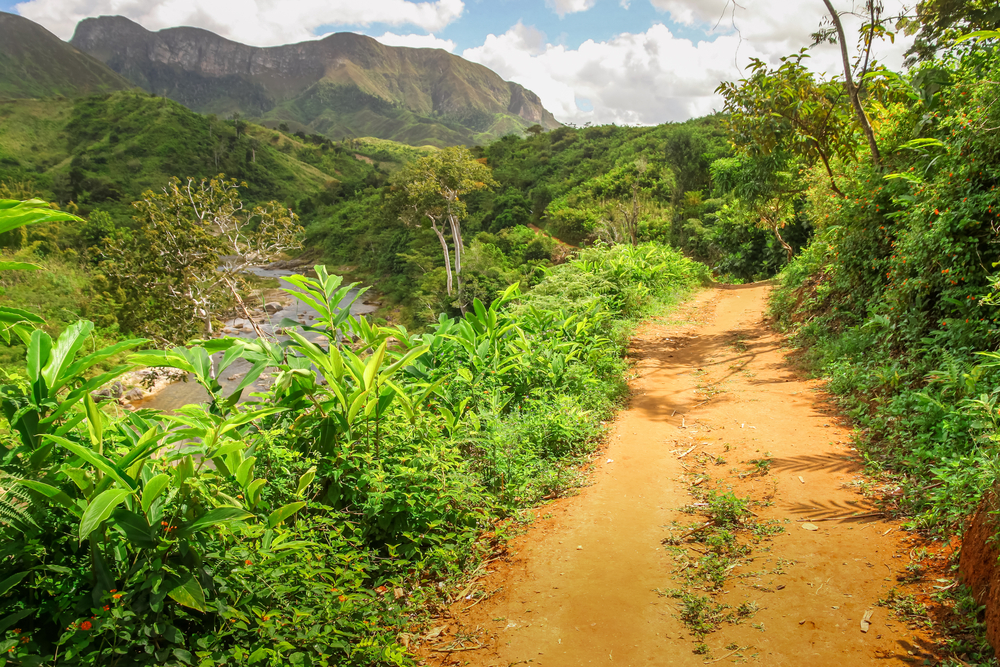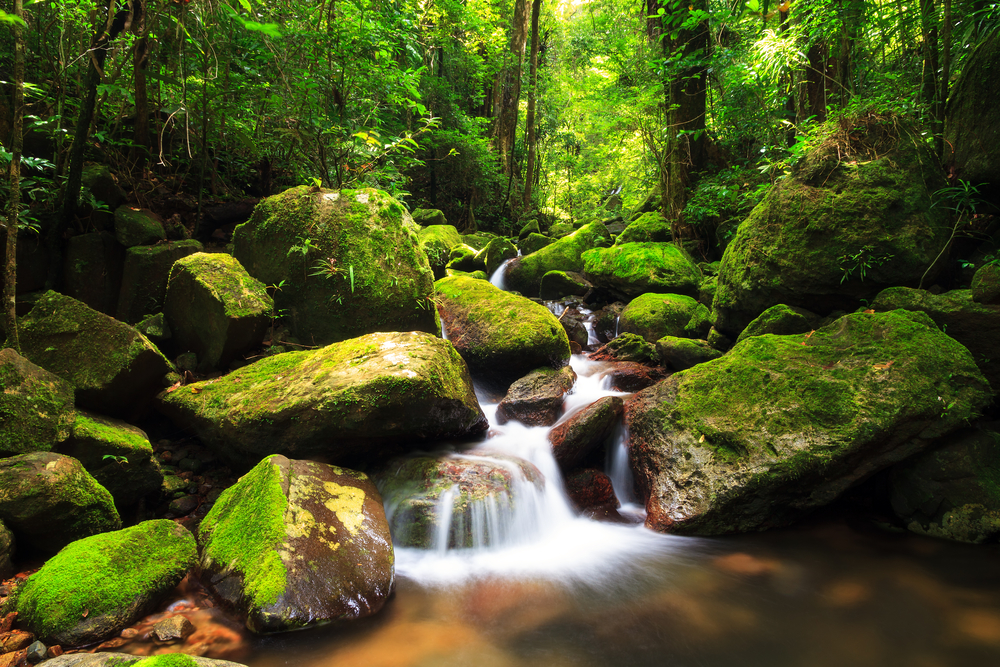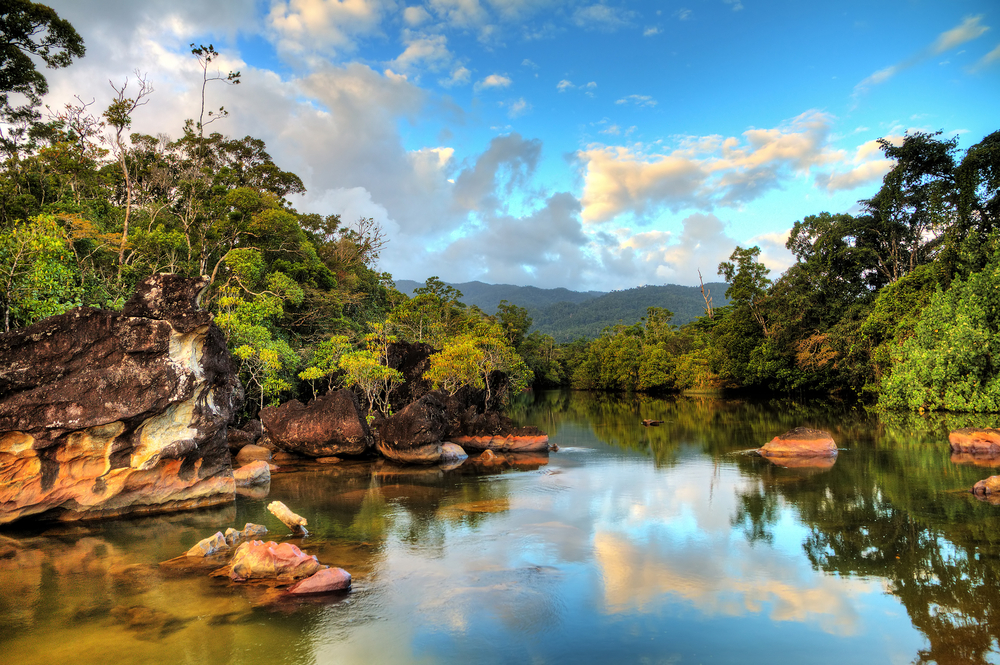Masoala Overview
Masoala National Park, located on the northeastern coast of Madagascar, is one of the island’s largest and most significant protected areas. Spanning approximately 2,300 square kilometers (888 square miles) of rainforest, with an additional 100 square kilometers (39 square miles) of marine parks, Masoala was established in 1997. This expansive park encompasses a vast array of ecosystems, from coastal rainforests and marshlands to mangrove forests and pristine coral reefs, offering a sanctuary to a remarkable diversity of flora and fauna, much of which is endemic to Madagascar.
The park’s terrestrial landscapes are characterized by rugged terrain, with mountains that plunge into the Indian Ocean, creating a stunning backdrop for the lush, verdant rainforest that covers much of Masoala. This rainforest is home to a plethora of species, including the endangered red-ruffed lemur, the Aye-aye, and various species of chameleons and birds that cannot be found anywhere else in the world. The Nosy Mangabe Special Reserve, an island located in Antongil Bay and part of the park, is a notable site for spotting the elusive Aye-aye.
Masoala National Park’s marine parks protect a section of Madagascar’s rich marine biodiversity, including coral reefs teeming with life, making it an ideal spot for snorkeling and diving. The clear, warm waters are home to a variety of marine species, from colorful reef fish to sea turtles and occasionally, humpback whales, which visit the bay between July and September.
Conservation efforts in Masoala are crucial in protecting its unique biodiversity from threats such as deforestation, overfishing, and climate change. The park also supports sustainable livelihoods for local communities through eco-tourism, which includes guided rainforest hikes, kayaking trips along the coast, and cultural experiences.
Masoala National Park offers an unparalleled opportunity to experience the raw beauty and extraordinary biodiversity of Madagascar, highlighting the importance of conservation and sustainable development in one of the world’s most important biodiversity hotspots.
Park Map
Masoala National Park Highlights
Engaging Masoala
Masoala National Park Trails
Sources
- Lemurs of Madagascar, Masoala National Park, https://lemursofmadagascar.com/html/watchingsite/764/masoala-national-park, retrieved March 2023.
- Wild Madagascar, Masoala, https://www.wildmadagascar.org/conservation/parks/Masoala.html, retrieved March 2023.
- Wildlife Worldwide, Masoala National Park, https://www.wildlifeworldwide.com/locations/masoala-national-park, retrieved March 2023.













































































